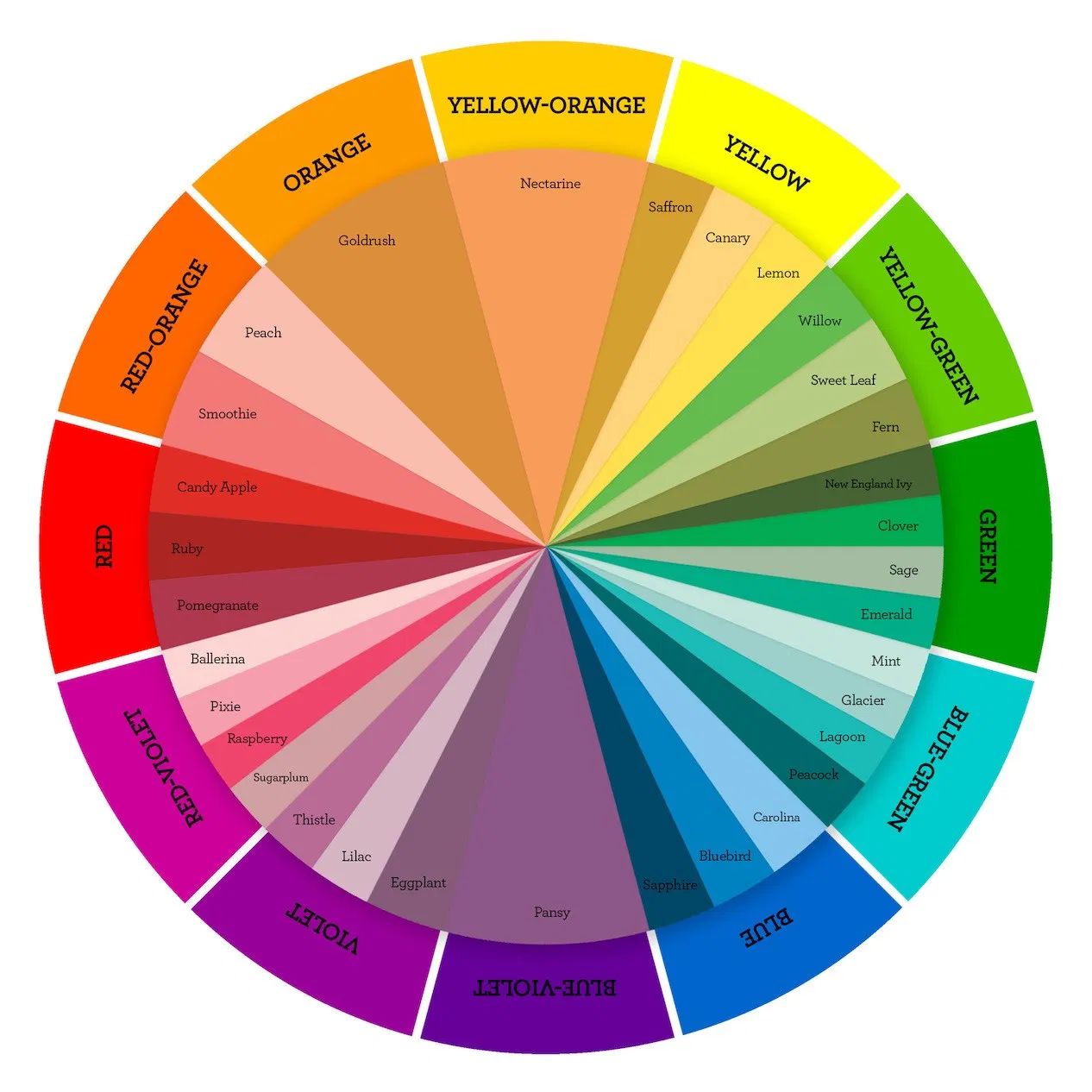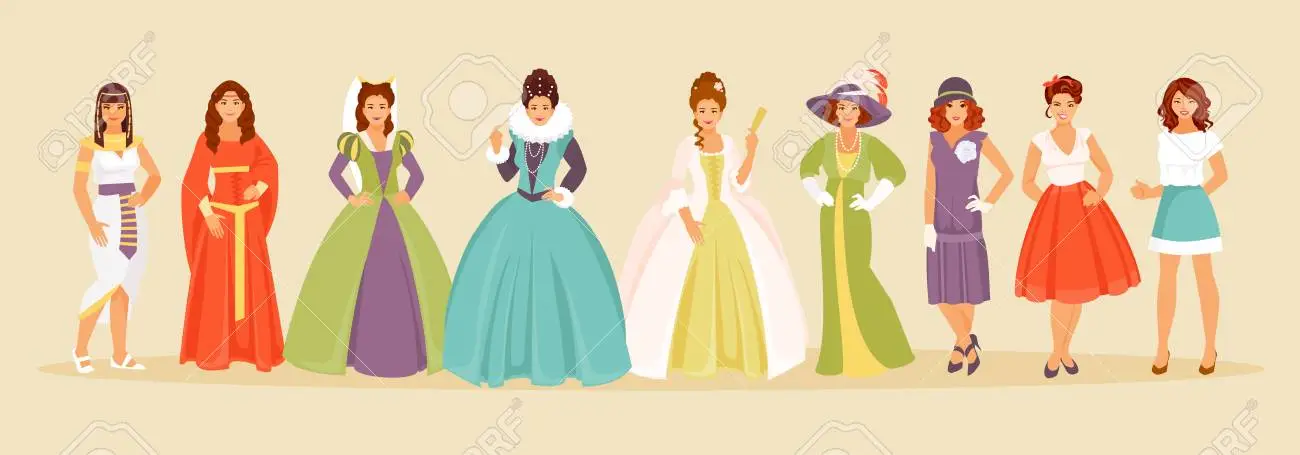Color plays a crucial role in fashion. It can convey mood, emotion, and even cultural meaning. Fashion designers and brands use color to communicate their message to their audience, and it can be an essential factor in the success of a brand or product. In this article, we will explore the psychology and symbolism of color in fashion, the role of color in branding, and the current trend in color in the fashion industry.
The Psychology of Color
Color psychology is the study of how colors affect mood and behavior. Different colors can evoke different emotions and feelings in people. For example, warm colors like red and orange can create a sense of warmth and excitement, while cool colors like blue and green can create a sense of calm and relaxation. Fashion designers use color psychology to create a specific mood or feeling in their designs. For example, a designer may use warm colors to create an energetic and exciting look for a collection, while cool colors may be used to create a relaxed and calming look.
Symbolism of Color in Fashion
Colors are also used to convey symbolic meanings in fashion. Different cultures and societies associate different meanings with different colors. For example, in Western culture, white is associated with purity and innocence, while in Asian culture, white is associated with mourning and death. In fashion, designers use color symbolism to communicate the message of their designs. For example, a designer may use red to convey passion and energy, while black may be used to convey sophistication and elegance.
The Role of Color in Branding
Brands also use color to create an identity and communicate their message to their audience. Colors can create an emotional connection with a brand and can be an essential factor in the success of a brand or product. Different colors are associated with different meanings in branding. For example, blue is associated with trust and reliability, while green is associated with nature and sustainability. In fashion, brands use color to create an identity and differentiate themselves from their competitors. For example, the iconic Tiffany blue color is immediately recognizable and associated with the luxury brand.
Fashion Industry’s Trend in Color
The trend in color in the fashion industry changes over time. Designers and brands choose their color palette based on the current trend, cultural events, and social movements. For example, the 2019 Pantone color of the year was Living Coral, a vibrant and energetic color that reflects the current trend of sustainability and environmentalism. In contrast, the 2021 Pantone color of the year was Ultimate Gray and Illuminating Yellow, representing strength and hopefulness in a challenging time. The current trend in color in the fashion industry is to use bold and bright colors, reflecting the optimism and energy of the post-pandemic world.
Conclusion
In conclusion, color is a crucial factor in fashion. It can communicate mood, emotion, and cultural meaning, and can be an essential factor in the success of a brand or product. By understanding the psychology and symbolism of color in fashion, designers and brands can create a powerful message that resonates with their audience. The current trend in color in the fashion industry reflects the optimism and energy of the post-pandemic world, and we can expect to see more bold and bright colors in the future. As consumers, we can also use color to express our individuality and communicate our message to the world.





